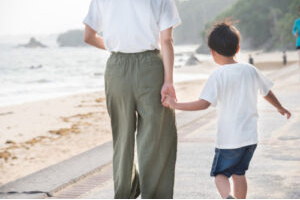WHAT WE DO
Know the activity
Fukushima, Japan
Fukushima and the 2011 earthquake
It has been 9 years since the 2011 Tōhoku earthquake, a natural disaster which resulted in a total of 22,167 casualties and missing persons. 47,737 people were forced to flee their homes and relocate to areas across Japan. In 9 years, the population of the three most affected prefectures has decreased by approximately 340,000 people. Today, 709 people living in the Iwate, Miyazaki, and Fukushima prefectures remain in temporary housing (as of March 11th, 2020).
As of the beginning of March 2020, the three cities of Futaba, Okuma, and Tomioka have partially lifted their evacuation orders. However, the majority of these areas that are deemed “difficult to return to” remain locked in this state.
Restoration efforts continue to this day. The government is concerned over the removal of contaminated water, as 170 metric tons of contaminated water are produced daily. Tokyo Electric Power Company Holdings, Inc. estimates that by 2022, there will no longer be enough space to contain this water. The question of how to dispose of radioactive substances when decommissioning the nuclear reactors still remains unsolved.
Origin of Support
As CheFuKo, our activities began after surveying the areas damaged by the 2011 Tōhoku earthquake and considering what could be done to help the affected communities. In May of 2013, an observation team was formed to investigate local needs.
After interacting with evacuees and local groups providing support, we conducted trial and error processes to determine what kind of aid was most requested. Following several more needs assessments, we began operations in September 2013.
Our Activities
- ① Thermotherapy treatment
-
Many of those affected by the disaster became unemployed and less physically active, leading to poorer heath. We administer thermotherapy treatment to such people, as well as those who are burdened by the stress caused by radiation problems.
Today, we continue to visit Fukushima on a monthly basis and provide thermotherapy treatment for the local elderly population, creating an opportunity for them to relax and discuss their needs.
- ② Exchange of Christmas cards
-
Each year, we host a Christmas card exchange program between the children of Fukushima, Nepal, and Ukraine. The children are always excited to deliver hand-drawn pictures and messages to the children overseas.
- ③ Fukushima Revitalization Tour
-
As part of an effort to reinvigorate the local communities, we conduct tours with the intention of presenting Fukushima as it is today and discussing the impact of the earthquake and nuclear disaster. By taking part in various activities around Fukushima, tour participants are able to befriend the locals and deepen their understanding of the region.
- ④ Emergency relief activities
-
After the Tōhoku region was struck by Typhoon Hagibis in 2019, we returned to the communities we had worked with to participate in emergency relief efforts. These activities included cleaning out facilities flooded with mud, reorganizing warehouses, and removing debris from surrounding mountains. We are also providing continuous support to Marumori, Miyagi Prefecture, a municipality lacking the funds and manpower necessary for reconstruction.
- ⑤ Single mother support activities
-
In 2020, I learned that the spread of the new coronavirus has put many single-parent families in a difficult situation due to reduced income and no income. We cooperate with certified NPOs Shingurumaza Azu, Foram, and Fukushima to provide emergency foods owned by our organization to single mothers' homes.
Past Activities









